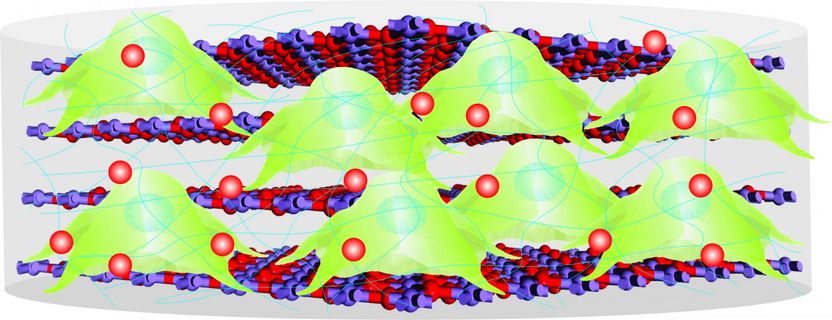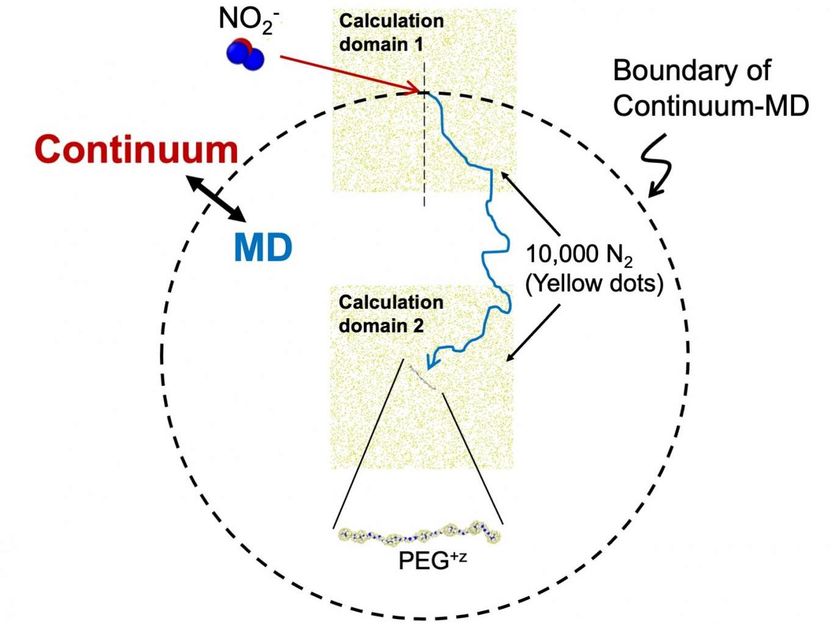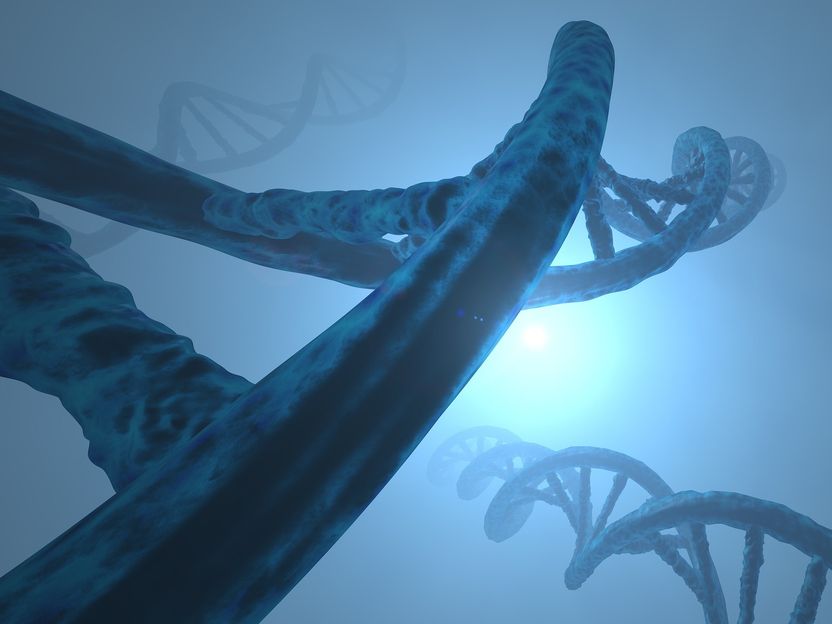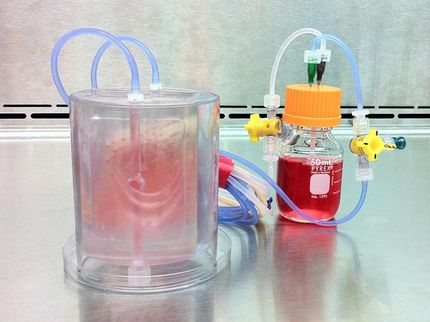Advancing stem cell therapy with biodegradable scaffold
New technology is aimed at central nervous system diseases and injuries
Rutgers scientists have created a tiny, biodegradable scaffold to transplant stem cells and deliver drugs, which may help treat Alzheimer's and Parkinson's diseases, aging brain degeneration, spinal cord injuries and traumatic brain injuries.

A biodegradable inorganic nano-scaffold, consisting of stem cells, proteins and drugs, for advanced stem cell therapy and drug delivery.
KiBum Lee, Letao Yang and Sy-Tsong Dean Chueng
Stem cell transplantation, which shows promise as a treatment for central nervous system diseases, has been hampered by low cell survival rates, incomplete differentiation of cells and limited growth of neural connections.
So, Rutgers scientists designed bio-scaffolds that mimic natural tissue and got good results in test tubes and mice, according to a study. These nano-size scaffolds hold promise for advanced stem cell transplantation and neural tissue engineering. Stem cell therapy leads to stem cells becoming neurons and can restore neural circuits.
"It's been a major challenge to develop a reliable therapeutic method for treating central nervous system diseases and injuries," said study senior author KiBum Lee, a professor in the Department of Chemistry and Chemical Biology at Rutgers University-New Brunswick. "Our enhanced stem cell transplantation approach is an innovative potential solution."
The researchers, in cooperation with neuroscientists and clinicians, plan to test the nano-scaffolds in larger animals and eventually move to clinical trials for treating spinal cord injury. The scaffold-based technology also shows promise for regenerative medicine.
Original publication
Other news from the department science

Get the life science industry in your inbox
By submitting this form you agree that LUMITOS AG will send you the newsletter(s) selected above by email. Your data will not be passed on to third parties. Your data will be stored and processed in accordance with our data protection regulations. LUMITOS may contact you by email for the purpose of advertising or market and opinion surveys. You can revoke your consent at any time without giving reasons to LUMITOS AG, Ernst-Augustin-Str. 2, 12489 Berlin, Germany or by e-mail at revoke@lumitos.com with effect for the future. In addition, each email contains a link to unsubscribe from the corresponding newsletter.
Most read news
More news from our other portals
Last viewed contents

A massive advance in spectrometry - Study results may lead to more accurate medical, biological, and chemical tests
Merck Named as Top Employer by Science Magazine - Merck makes Top 20 Employer list for third year in a row
Shotgun_sequencing
Category:Stilbenoids






















































